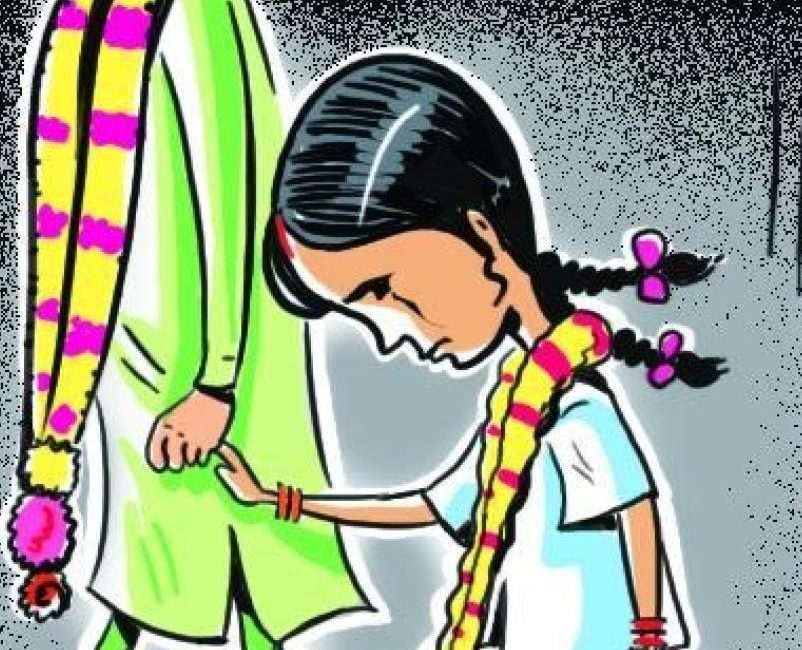Kendrapara: The proposed plan by the Centre to increase the minimum legal age of marriage for women in India from 18 to 21 years has become a hot topic of debate.
The Centre is also stressing on ‘Beti Bachao Beti Padhao’ scheme to create awareness and improve the efficiency of welfare services intended for girls in India. The Odisha State Commission for Protection of Child Rights (OSCPCR) has opposed the move and instead advocated to keep the marriageable age 18 for both boys and girls.
However, girls continue to be a vulnerable community in this coastal part of the state where child marriage is rampant in remote corners of the district.
Factors like poverty and distress, patriarchal norms and practices, lack of opportunity for education, employment opportunities and the like contribute to a large extent to the prevalence of child marriage. The child marriage rate of girls in the state is 20.5 percent as per the latest National Family Health Survey (NFHS)-5. Of this, Kendrapara district alone accounts for 12 per cent of the cases.
Reports said parents in remote corners of the district rush in to marry their teenage daughters off before they attain the legal age of 18. Hundreds of teenage girls are married off this way before they reach marriageable age.
However, the district administration has failed to curb these illegal marriages. While only four child marriages were stopped in 2017, the administration has been able to stop only 12 such cases from August 2020 to December 2021. It is alleged that hundreds of teenage girls are married off every year in this way which hardly comes to the notice of the district or local administrations.
This has come at a time when the post of district child protection officer (DCPO) has been vacant for last three years. The awareness programme carried out by the district administration has come to naught with the post lying vacant. This has sparked concern among the residents as they claimed that the child marriages could be prevented if the local women self-help groups were empowered to handle such cases.
Advocate Bidhu Bhusan Mohapatra said that child marriage is a social evil for which government has enacted Child Marriage Prevention Act-2006 and Odisha Child Marriage Prevention Act-2009. The cases relating to child marriages are tried under Juvenile Justice Act-2015 and Model Act-2016 in POCSO courts.
The Centre and state government have formed a host of departments like women and child welfare departments, Mission Shakti, state women resources centre, child welfare committee, district child protection units to oversee and stop these child marriages from taking place in the country and the state.
However, these departments have failed to reach the grassroots level where the marriages are taking place. A human rights activist Pratap Chandra Padhi of Kendrapara said that Rajnagar and Mahakalapara blocks account for majority of the child marriages. Poverty, lack of awareness, traditional practices and protection to the Bangladeshi immigrants are some of the reason behind the increasing rate of child marriages. The population of these immigrants is highest in these two blocks which is rising every year. In bid to settle down permanently in the district, the immigrants are getting involved in child marriages. He said that the local women SHGs should be given charge to stop child marriages and they should be held accountable for it.
An RTI activist Pratap Chandra Mohanty said it is the responsibility of women and child welfare departments to stop these child marriages but they have become defunct and dormant.
When contacted, Prabhas Das, DCPO (in-charge) said that 13 cases have been registered and 12 marriages have been stopped during last 18 months. However, he admitted to have failed in preventing many of the marriages due to lack of information. He said that this can be done if a permanent DCPO remains in charge of the department.

